View current page
...more recent posts
"Grow a Brain" [mp3 removed]
Update: Rewrote the intro. Better now, I think. Another update: a couple of minor changes to the percussion. Yet another update: more percussion tweaks and got rid of a pop at the end.
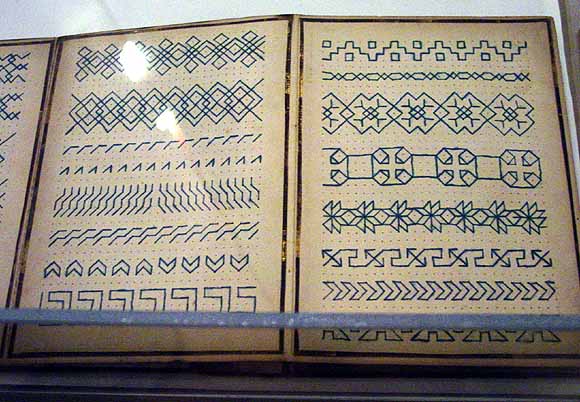
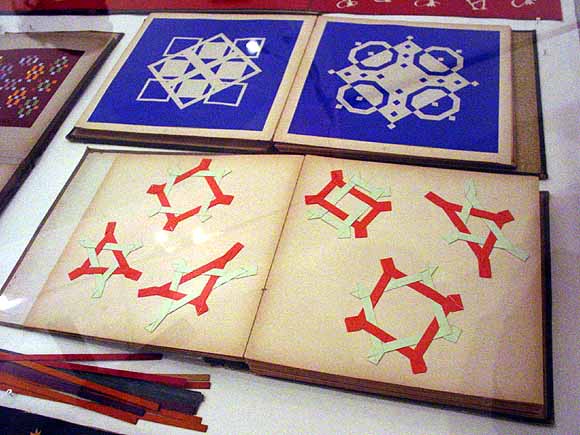
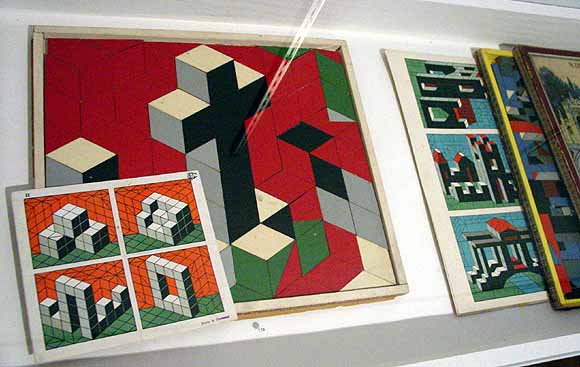
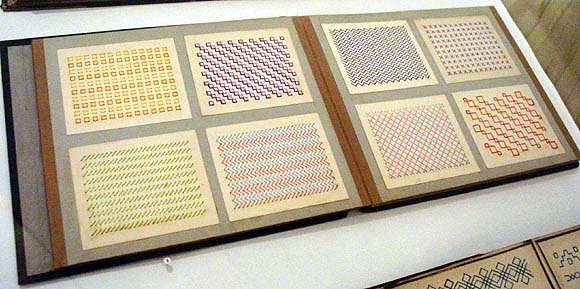
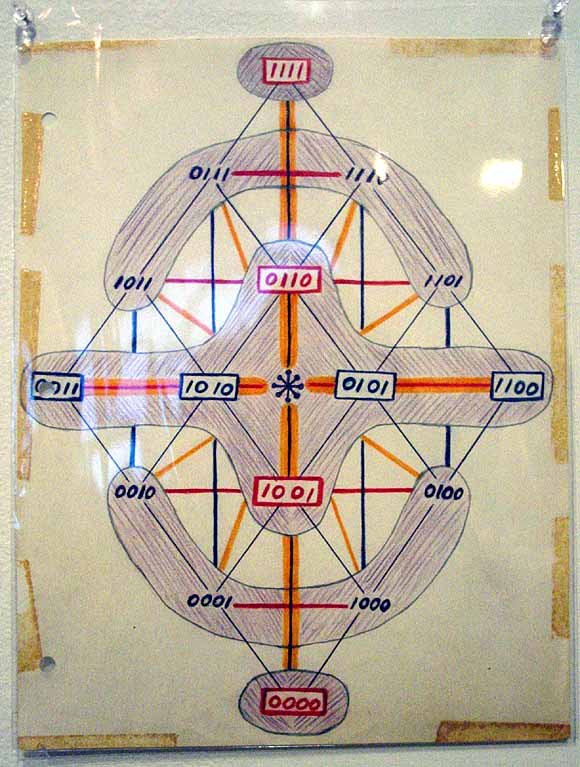
Photos from the exhibition "Philosophical Toys" at Apex Art, New York. From the web page:
The tactile, visual, and philosophical fuse in this exhibition, historically anchored in the "gifts" innovated in the 1830s by Friedrich Fröebel, the inventor of Kindergarten. The historical and contemporary works featured prove that if combined with visual and material pleasure, learning even the most abstract thought can be made into a wondrous experience—literally, child's play. Invited by apexart to invite two art dealers to select artists for the exhibition, Sina Najafi, Editor-in-Chief of Cabinet magazine, has invited the participation of private art dealers / writers Norman Brosterman (author, Inventing Kindergarten) and Christine & Margaret Wertheim (co-founders, The Institute For Figuring, Los Angeles). Mr. Brosterman has chosen works by Friedrich Fröebel, the crystallographer who invented Kindergarten, and a collection of unattributed 19th-century exercise books and parquetry puzzles. The Wertheims have selected works by Jeannine Mosely, an MIT-trained electrical engineer who is one of the world's most renowned paper folders, and Shea Zellweger, a self-taught logician who has devised a visual alphabet for revealing the geometry behind logic operations.All of the above images are the Fröebel, or Fröebel-related, material except the bottom one, which is one of Zellweger's drawings. The patterns in the first and fourth photos are made with thread pulled through holes in the paper. A flaw of the exhibition was too much ahistorical mixing of objects in the display cases. It's very poMo and all, but it would have been nice to know what you were looking at without having to puzzle it out, no pun intended. Brosterman's book on Fröebel got some attention a few years back for, among other things, overreaching in its thesis. The author proclaims Fröebel the true father of Modernism because so many early 20th Century artists and architects were exposed at young ages to the analytical and diagrammatic methods in his kindergarten curricula. No doubt the Kabbalists and makers of tantric symbols also got their interest in abstraction from attending his preschools. This exhibit should be of special interest to the Komputer Kraft Krowd (I include myself there) with its correlations to pixel art, weaving, needlepoint, mosaic tiles, obscure illuminati-like symbols, etc.
